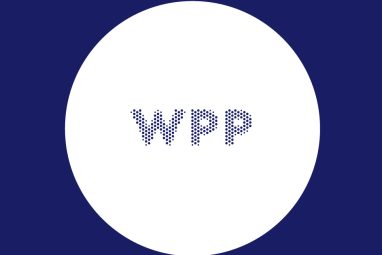Salesforce Service Cloud to add Servicetrace RPA, Slack
Salesforce Service Cloud users are about to get a peek at what’s to come in the next year, and that includes features to help train and manage agents working from home, as well as to automate self-service workflows. While few details were offered, Salesforce Service Cloud will add features from its acquisition of robotic process […]
Topics
What to Read Next
- Zeta Global, OpenAI Partner to Deliver Answer-Driven Marketing with Athena
- WPP Launches Agent Hub on WPP Open
- Stagwell Launches ‘The Machine’: Agentic Marketing Operating System
- PubMatic Unveils AgenticOS, the Operating System for Agent-to-Agent Advertising
- Marketing Architects, Jounce Media Partner to Bring CTV Buying Transparency
Salesforce Service Cloud users are about to get a peek at what’s to come in the next year, and that includes features to help train and manage agents working from home, as well as to automate self-service workflows.
While few details were offered, Salesforce Service Cloud will add features from its acquisition of robotic process automation (RPA) vendor Servicetrace last month. That will help contact centre agents — who often have to switch among multiple applications in the course of solving customer problems — work more efficiently, said Julian Armington, senior director of product marketing at Salesforce. It will also enable self-service with automated bot responses to customer questions.
Servicetrace is an API-based RPA technology as opposed to one that screen-scrapes keyboard strikes, mouse movements, and clicks said Gartner analyst Jason Wong. It makes sense that Servicetrace will be paired with MuleSoft, Salesforce’s API-based integration platform. How Salesforce deploys Servicetrace in 2022 will make a huge difference.
“That sounds great,” Wong said. “When we get into the first iteration, what will it look like? Especially with the integration of acquired products like Slack and Servicetrace RPA, what it looks like is really important because the promise of going with single provider is more out-of-the-box ease of integration.”
Also Read: Salesforces Acquires RPA Provider Servicetrace
Coming in November
Salesforce Service Cloud will add Customer Service Incident Management and Omni-Channel Flow this November as part of the Winter ’22 release. The former is a set of features that clusters related customer contacts together when a large event such as a power outage affects a group of customers and organises a response across the service team.
Omni-Channel Flow integrates Salesforce’s workflow platform into customer service scenarios. It can classify and route customer questions, call articles that may enable customers to solve problems themselves and help connect agents with experts in their companies that can help address customer issues.
Eventually — in the Spring ’22 Salesforce release — these flows also can trigger “swarming,” which can assemble a team of agents with the right expertise to solve complex customer issues over Slack channels.
“We’re really trying to enable the service employee to work on cases in their existing console, transition to collaborate with the rest of their organisation within Slack, and still be able to bring all of that work back into Service Cloud and directly to customers,” Armington said.
Also Read: Salesforce Launches Sales Cloud For Seamless Virtual Selling









































































































